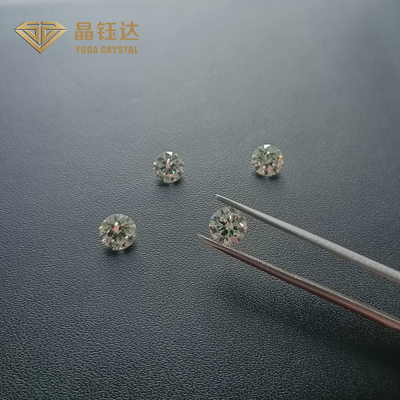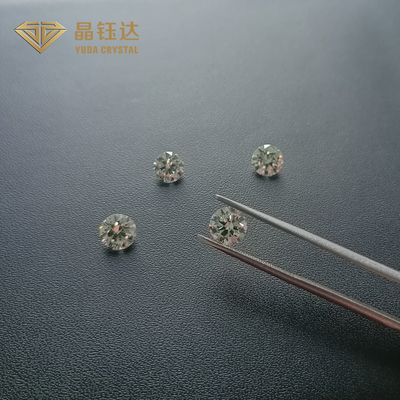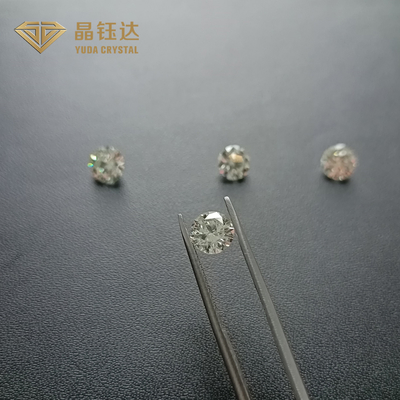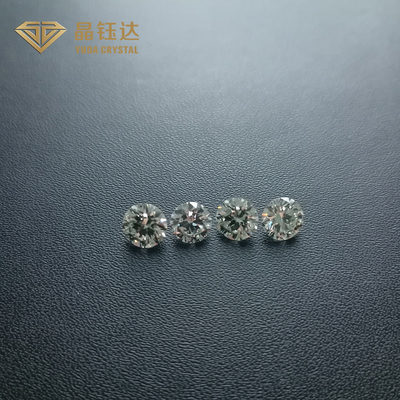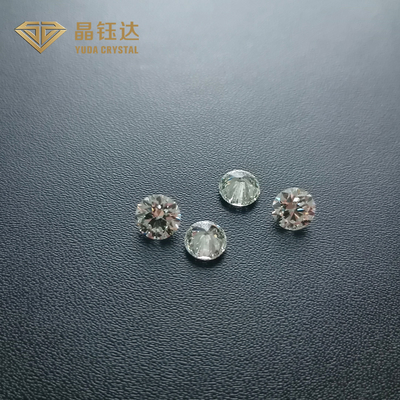1.0ct 1.5ct 2.0ct VS SI HPHT Certified Lab Grown Diamonds For Diamonds Jewelry
Lab Grown Loose Diamonds Description
Laboratory-grown diamonds, also known as synthetic diamonds, both cultured and laboratory-created diamonds are produced in a highly controlled laboratory environment using advanced technology.
Although diamond under laboratory conditions is formed from natural diamond under different environments, both natural diamond and laboratory are crystals of pure carbon, and their physical properties, chemical properties, crystal structure, and optical properties are identical. Diamonds produced and mined in laboratories are real diamonds.
Synthetic diamonds are made by imitating the crystallization process of natural diamonds. Natural diamonds are formed in the natural environment and often mixed with other elements, which makes some natural diamonds not completely transparent and can take on a specific color. For example, some diamonds are pink, some are blue, and some are yellow. Diamond is of high temperature and high pressure or in the laboratory. It has fewer impurities than natural diamonds, so it is purer and more transparent.
Natural diamonds take millions of years to form. Before a volcano erupts, underground lava about 150 to 200 kilometers deep can slowly cool in the crater, usually because the crater is blocked. The pressure of pure carbon material is 4.5 * 10 ^ 6 ~ 9pa. When the temperature drops to 1000 ~ 1250 ℃, natural diamond crystals are formed. Diamonds are formed under physical and chemical conditions in some parts of the earth.
However, the gemstone grade diamonds produced in the laboratory can now be produced under natural conditions. Using high temperature and high pressure (HPHT) or chemical vapor deposition (CVD) technology, the natural diamonds produced in the laboratory can be simulated in a few weeks.
Parameters Of Lab Grown Loose Diamonds
| Product Name |
Synthetic (Lab created) Loose Diamond |
| Material |
Lab Grown Loose Diamond |
| Diamond Color |
DEF |
| Diamond Shape |
Round |
| Diamond Technology |
HPHT |
| Diamond Cut |
Very Good Cut |
| Payment Terms |
100% Payment In Advance |
| Diamond Carat Weight |
1.0-2.0CTS |
| Diamond Clarity |
VS SI |
| Shipping way |
DHL, FedEx, SF Express, UPS, EMS, TNT etc |
| M.O.Q |
Negotiable |
| Delivery Time |
1-7 Working Days Depends On Quantity |
| Payment Methods |
T/T, PayPal, Western Union, Bank Transfer |
| Used |
Jewelry (necklace,ring,earring) |
| Application |
For Sale |
| Place Of Origin |
Henan, China |
Characteristics Of Lab Grown Loose Diamonds
Lab-grown diamonds are grown in a lab. Advanced equipment is used to simulate the conditions in which natural diamonds form. Lab-produced diamonds are usually produced in the lab for several weeks. Natural diamonds form naturally, as a result of high temperatures and pressures over billions of years. The chemical differences between the two is the same.
How to distinguish between diamond breeding laboratory and natural diamond lab?
There was no significant difference between lab-grown diamonds and natural diamonds. Even professional gemologists need special equipment to identify them. Through the amplification, professionals will be able to identify diamond inclusions grown in the laboratory and the nuances.
| The Difference Between Lab Diamond And Natural Diamond |
| Attribute |
Lab-Created Diamonds |
Natural diamond |
Distinction |
| Chemical composition |
C(carbon) |
C(carbon) |
No |
| Refractive index |
2.42 |
2.42 |
No |
| Relative density |
3.52 |
3.52 |
No |
| Dispersion |
0.044 |
0.044 |
No |
| Hardness value |
90 GPA |
90 GPA |
No |
| Thermal conductivity |
2*103 W/M/K |
2*103 W/M/K |
No |
| Thermal property |
0.8*10-6 K |
0.8*10-6 K |
No |
| Light transmittance |
DEEP UV TO FAR TR |
DEEP UV TO FAR TR |
No |
|
Resistivity
|
1016 OHM-CM
|
1016 OHM-CM
|
No
|
|
Compressibility
|
8.3*10-13 M2/N
|
8.3*10-13 M2/N
|
No
|
From a scientific point of view, man-made diamonds are exactly the same as natural diamonds. The only difference is their formation position.
Lab Grown HPHT Loose Diamonds Details


 Your message must be between 20-3,000 characters!
Your message must be between 20-3,000 characters! Please check your E-mail!
Please check your E-mail!  Your message must be between 20-3,000 characters!
Your message must be between 20-3,000 characters! Please check your E-mail!
Please check your E-mail! 


